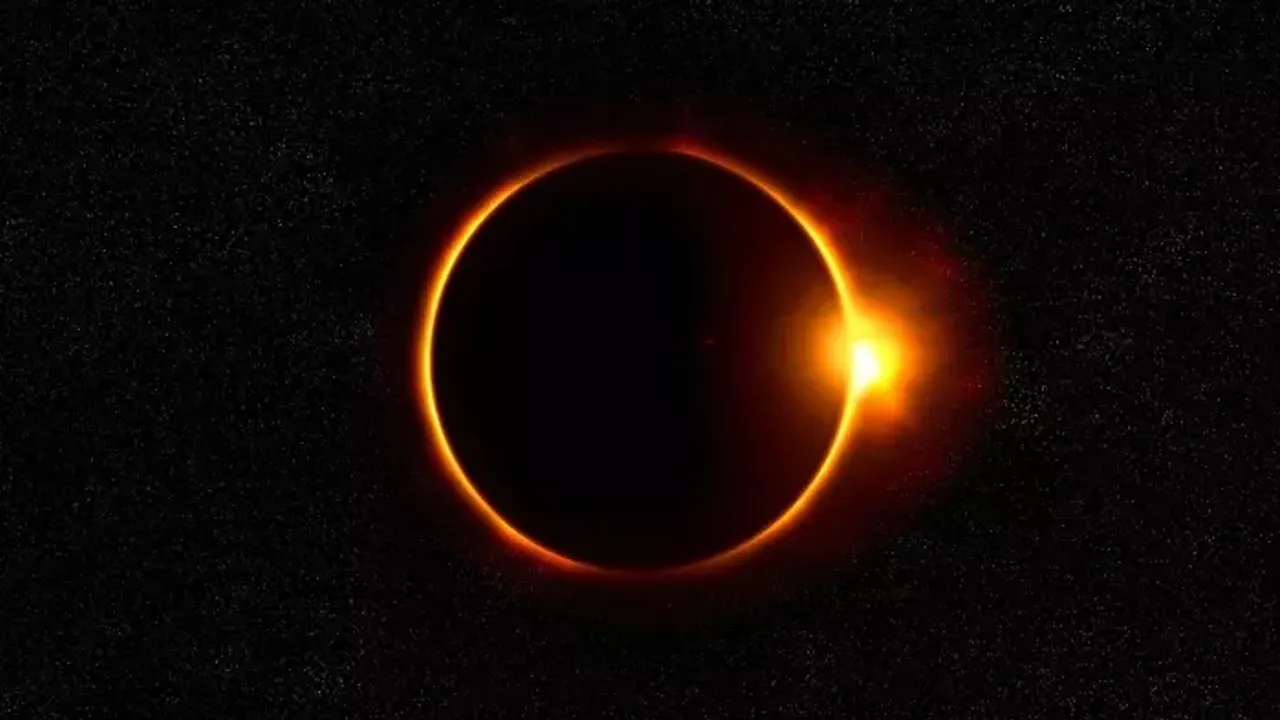On October 14, the annular solar eclipse called the "Ring of Fire" will give scientists a closer look at the Sun and Earth's atmosphere.
WHAT IS THE "RING OF FIRE" ANNULAR SOLAR ECLIPSE?
Although a solar eclipse occurs on certain dates each year, the so-called "ring of fire" or "ring of fire" solar eclipse is rare. The reason is that certain satellite dynamics do not always coincide.
The annular solar eclipse occurs at the farthest point from the Earth's satellite, the Moon, and closest to the Sun. The Moon, which comes between the Sun and the Earth, looks like a ring of fire.
TO BE STUDIED BY NASA
According to the news published on NASA's official website, three sounding rockets will be launched during the eclipse to study how the decrease in sunlight affects the Earth's atmospheric layer called the "ionosphere".
THE NEXT "RING OF FIRE" SOLAR ECLIPSE WILL TAKE PLACE IN 2046
NASA will share live images from Albuquerque, New Mexico; Kirbyville, Texas; and White Sands, New Mexico starting at 11:30 a.m. local time on the day of the eclipse, NASA official Kelly Korreck told CNN.
Korreck said the next annular solar eclipse will not be visible until 2046.
WHERE WILL THE ANNULAR SOLAR ECLIPSE (RING OF FIRE) BE VISIBLE?
The eclipse will begin at 9:13 a.m. Pacific time in the United States and will be visible from the states of Oregon, Nevada, Utah, New Mexico and Texas.
After being observed in the US, it will also be visible from Mexico, Belize, Honduras, Panama and Colombia. Finally, it will end in Natal, on the Atlantic coast of Brazil.
The annular solar eclipse cannot be seen live from Turkey. However, it can be watched on NASA's official website at the same time with the US.
The next eclipse of the Ring of Fire will take place in 2046!
The annular solar eclipse, called the "Ring of Fire", will take place on October 14, 2023. The next rare "Ring of Fire" solar eclipse will occur in 2046.
Editor: David Goodman
Trending news

Hells Angels and Venezuelan Gangs: Fact-Checking the Viral Claim About Aurora, Colorado

Deadly Russian Strike Hits Lviv, Ukraine: President Zelenskyy Reports Latest Missile Barrage

Fantasy Football Rankings 2024: Breakout Predictions from Top NFL Model That Forecasted Jahmyr Gibbs’ Big Year

1700 new virus species discovered in the Himalaya

Sydney McLaughlin-Levrone Opens Up About Reactions to Her World Record Performance and the Personal Impact

Police Address Concerns Over Hells Angels Motorcycle Club’s Alleged Move to Aurora







